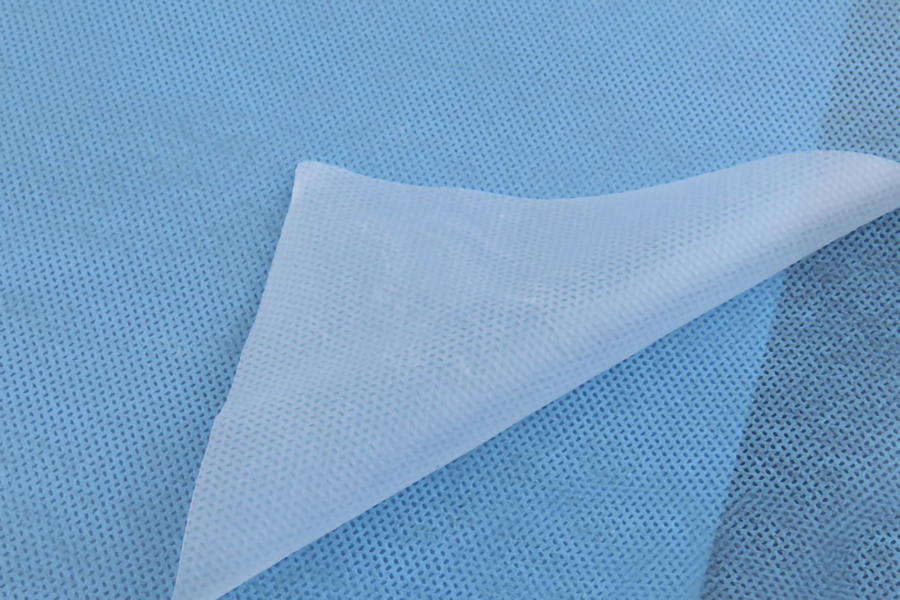As a unique nonwoven material, spunbond nonwoven fabric has attracted much attention in many fields such as medical care, hygiene, and home furnishing due to its excellent physical properties and broad application prospects. Among them, the fit of spunbond nonwoven fabric to the skin is an important indicator of its many excellent properties. This article will explore in depth the principle of the realization of the fit of spunbond nonwoven fabric to the skin, and analyze it from the aspects of material structure, production process, and physical properties.
The material structure of spunbond nonwoven fabric is the basis for achieving good fit with the skin. Spunbond nonwoven fabric is mainly made of fiber bundles or fiber webs through a thermal bonding process, and this structure gives it unique properties.
The arrangement of fiber bundles or fiber webs gives spunbond nonwoven fabrics a certain elasticity and ductility. When spunbond nonwoven fabric comes into contact with the skin, it can fit naturally according to the shape and contour of the skin to form a tight fit layer. This fit can not only effectively prevent external bacteria, dust and other pollutants from entering the skin, but also improve the comfort of the skin.
The selection of fiber raw materials for spunbond nonwoven fabrics also has an important impact on their fit with the skin. Commonly used fiber raw materials include polyester fiber, polypropylene fiber, etc., which have good skin affinity and breathability. Skin affinity enables spunbond nonwoven fabrics to form a tight fit layer when in contact with the skin, reducing friction and discomfort; breathability can keep the skin surface dry and comfortable, avoiding skin moisture and discomfort caused by long-term contact.

The production process of spunbond nonwoven fabrics is the key link to achieve good fit with the skin. During the production process, fiber bundles or fiber webs are evenly spread into a mesh structure, and then the intersections between the fiber bundles are heated and melted by thermal bonding technology to make them bonded to each other. This process makes the surface of spunbond nonwoven fabrics flat and soft, and it is easy to form a tight fit with the skin.
The physical properties of spunbond nonwoven fabrics are also one of the important factors to achieve good fit with the skin. Spunbond nonwoven fabrics have physical properties such as softness, lightness, breathability, and durability, which enable them to show excellent fit when in contact with the skin.
Softness enables spunbond nonwovens to form a close fit with the skin, reducing friction and discomfort. At the same time, softness also enables spunbond nonwovens to deform to a certain extent when subjected to external forces, so as to better adapt to the shape and contour of the skin.
The fit of spunbond nonwovens to the skin is achieved through its unique material structure, production process and physical properties. In future development, we can further optimize the material structure and production process of spunbond nonwovens, improve its fit and comfort with the skin, and meet the application needs of more fields.